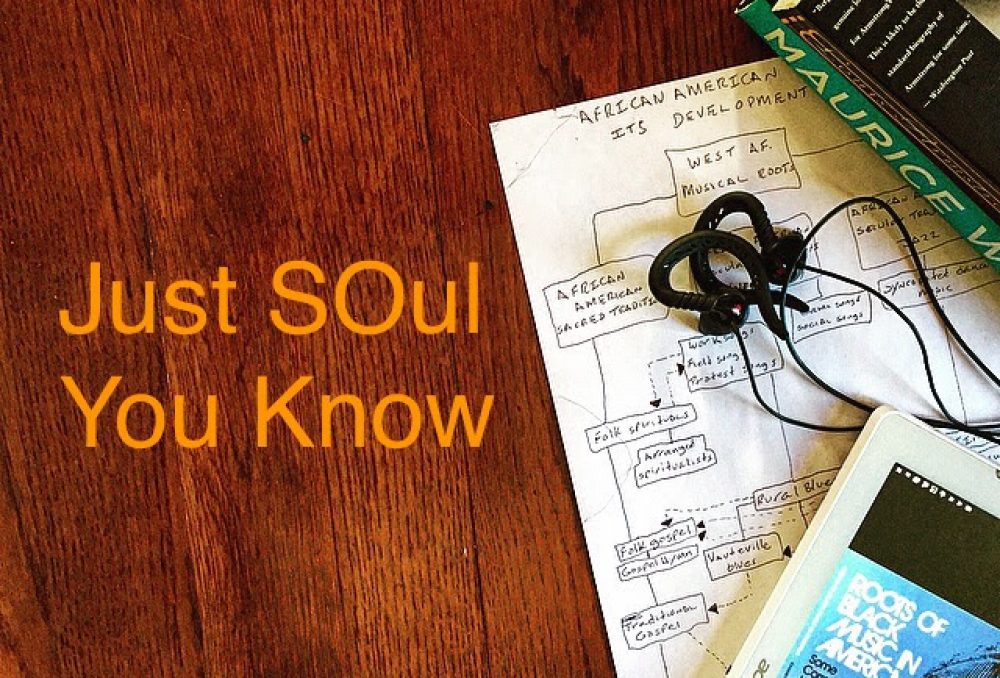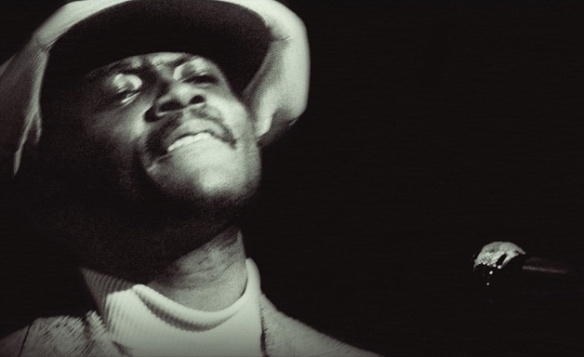
In late September of 1977 jazz guitarist and newly minted crossover R&B crooner, George Benson landed in Los Angeles to record his landmark live album at the legendary Roxy Theatre. At the time, Los Angeles was in the midst of creating incredible historic and enduring moments. The months leading up to Benson’s performance on the night of September 30th at the Roxy Theatre, Angelinos had not only witnessed the inauguration of President Jimmy Carter with the rest of America, but locally experienced remarkable events that ranged from the unforgettable imagery of NASA’s Space shuttle Enterprise soaring across the sky piggy-backed on a Boeing 747 jet, experiencing the frenzy of the redefining sci-fi soon to be juggernaut film Star Wars, to welcoming Mayor Tom Bradley—arguably the most politically and socially significant person west of the Rockies in the ‘70s—into his second term, collectively breathed a sigh of relief with the capture of the sick “Freeway Killer” all while watching new Dodgers’ manager Tommy Lasorda lead his team into the NLCS*. Los Angeles was indeed primed and ready to receive a George Benson performance.
A year prior, Benson’s popularity reached the zenith of his career with the release of his hit single “This Masquerade” from his two time Grammy award winning album Breezin’. His sure-fire vocals and scats, which mirrored his guitar melodies and jazz riffs, catapulted him into the upper echelon of R&B crooners of the era. Benson, for the first time, effectively crossed over from the jazz genre solidly into the world of R&B and pop. Attracting new and larger audiences for his live performances, Benson was indeed primed to deliver for a slick and beautifully complex L.A. audience.
On the afternoon of September 30th, Benson made his way up Sunset Boulevard amid fancy cars, infamous traffic, Hollywood sunshine, larger-than-life billboards, palm tree-lined streets, and of course a bit of that iconic L.A. smog on his way to the Roxy Theatre. The theatre on Sunset, commonly known as The Roxy, was founded by producers and Hollywood insiders Lou Adler, Elmer Valentine, David Geffen, Elliot Roberts, and Peter Asher who together opened its doors for business just four years earlier. In a short time, The Roxy had emerged as the venue of choice for up and coming artists to showcase their talents to a consuming audience bent on catching a glimpse of the new hot thing. Upon Benson’s arrival, he was met by his well rehearsed and longtime band, which consisted of Stanley Banks on Bass, Ronnie Foster on synthesizer, the late Ralph MacDonald on percussion, Phil Upchurch on rhythm guitar, Harvey Mason on drums, and the late Jorge Dalto on piano. He quickly rehearsed the setlist and worked out any kinks to create a flawless show. After rehearsal, Benson met with the late producer Tommy LiPuma to work out stage sounds and board mixes. In conversation with Benson, LiPuma agonized over what to name the album and pondered a few ideas. Ultimately, not wanting to apply a common and yet all too mundane moniker like George Benson Live at the Roxy, which is a style that has been used to name other albums recorded live at The Roxy, rather LiPuma settled on George Benson Weekend in L.A. The title implied a happening–an event that was not to be missed. Benson loved it.
That very night in late September, Benson stepped on stage to a sold out and packed Roxy. The audience was filled with Angelino fans eager to be lifted to the next level by the magic of Benson’s performance. Music industry heavy hitters such as Aretha Franklin, the late Minnie Ripperton, the late Natalie Cole, Bonnie Raitt, Tom Scott, the late Leon Russell, and even actors David Soul and Keith Carradine were nestled into the crowd to certify Benson’s rising star as an R&B and pop artist. Benson’s music swept over the audience and filled the gritty theatre with a lively atmosphere of celebration, which aided in the release of tension for residents of L.A. His skillful jazz licks and well-seasoned vocals easily carried the audience to a place of both respite and pleasure. Benson and his band opened with songs such as the aptly named “Weekend in LA,” written especially for this live event. Then in grand style, summoned for the first time, he performed “On Broadway,” which, after this night, would become his signature song. Next, Benson dug in on the heartfelt “Down Here on The Ground,” which was followed by the driving “California P.M.” And finally, to round out half of the album’s set, he sang out in fantastic fashion “The Greatest Love of All,” which he recorded a few months earlier for the Muhammad Ali film, The Greatest. The late Whitney Houston’s recording of “The Greatest Love of All” became the first of her many signature songs. The Roxy audience cheered, shouted, and erupted in applause throughout the lively performance while Benson continued to perform the rest of the evening. His songs’ fed L.A’s appetite for epic and uniquely cultured music.
In the end, Benson performed at The Roxy for three nights. The L.A. audience embraced his music amid the electric climate of the late seventies. Certainly, Benson was ready for his proverbial “Hollywood close-up,” which was made possible by his newfound crossover appeal. The Roxy was the perfect venue to bring together the complex and slick L.A. audience. The live recording of George Benson Weekend in L.A. captured a magical evening that not only demonstrated how a guitar and jazz riffs could bring a crowd to a frenzy but more so, spoke to the issues of the era. The entire live album, upon a contemporary listen, is infused with the promise of hope and change. Without question, the 80s kept that promise. That weekend in L.A. with George Benson was indeed a happening, which we can revisit and experience anytime. The album is a classic.
George Benson Weekend in L.A. was released three months later in January of 1978. Benson’s weekend effort garnered him the Grammy for Best Male R&B Vocal Performance for the song “On Broadway.” Benson’s album, which turned 40 years old earlier this month is impeccably recorded and is a must listen.
*Not to get all sporty here but the Dodgers won the NLCS in a 3-1 victory over the Phillies and went to the World Series to battle the Yankees. Reggie Jackson with a little help from the rest of the Yankees sent the Dodgers packing 4-2. It’s a good thing they had George Benson Weekend in L.A. to soothe the hurt.









